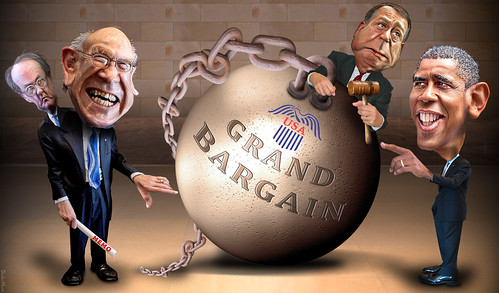

| Visitors Now: | |
| Total Visits: | |
| Total Stories: |

| Story Views | |
| Now: | |
| Last Hour: | |
| Last 24 Hours: | |
| Total: | |
Another U.S. Credit Downgrade Is Coming—And it Won’t Matter
November 21, 2012
Source: U.S. News, Rick Newman
Not long ago, it was unthinkable that the United States would lose its top-shelf credit rating.
Then it did.
Now, with further downgrades likely in coming months, the attitude among investors seems to be, ho-hum.
The first downgrade came in August of 2011, when Standard & Poor’s cut America’s AAA rating by one notch, following the failed negotiations between Democrats and Republicans to come up with a plausible plan to reduce gaping U.S. budget deficits. Markets reacted with alarm. The S&P 500 index fell by nearly 7 percent on the first trading day after the downgrade.
With politicians in Washington trying once again to tackle the nation’s mountain of debt, the U.S. credit rating is in further jeopardy. The looming “fiscal cliff” requires lawmakers to take action on a range of thorny financial matters, or else tax hikes and spending cuts totaling more than $600 billion will hit the U.S. economy, probably causing a fresh recession.



